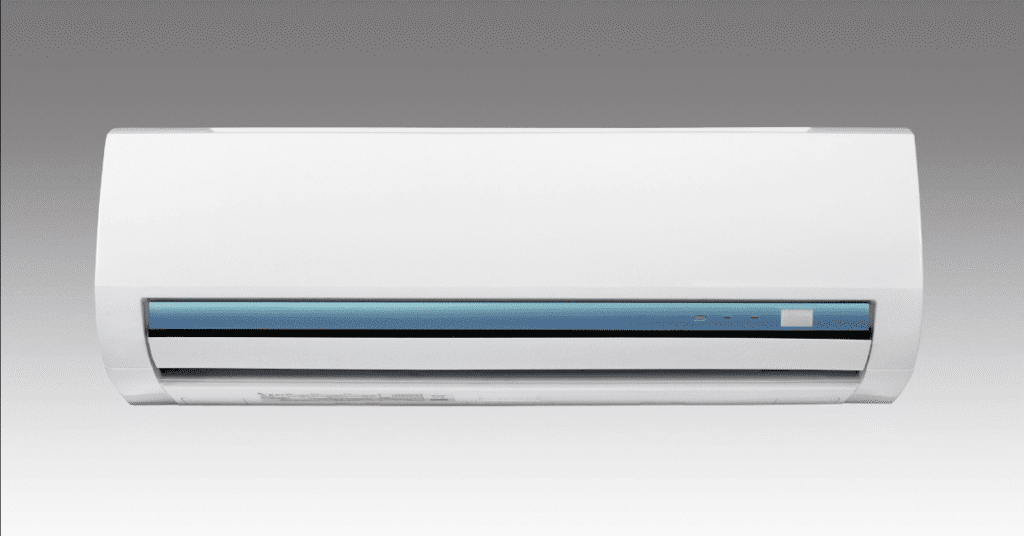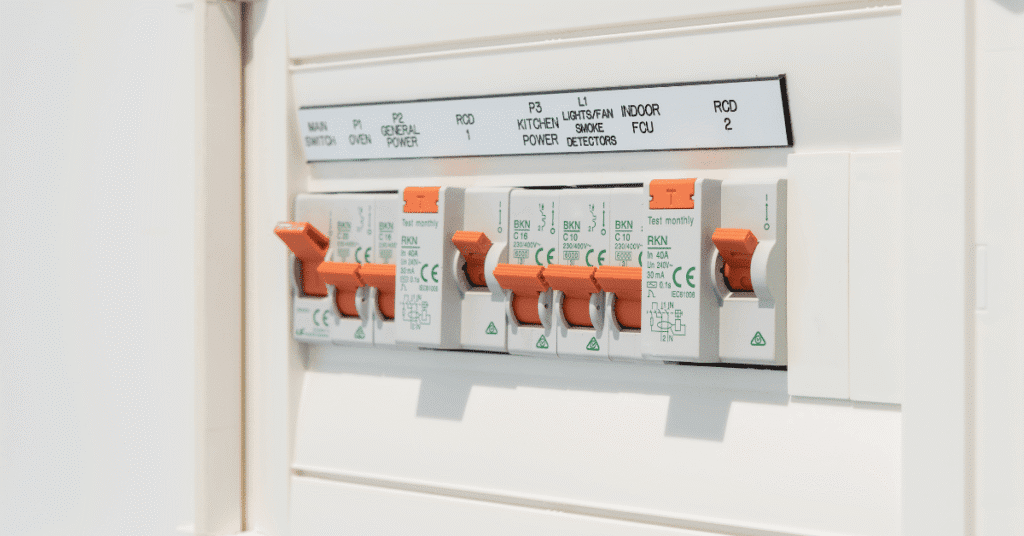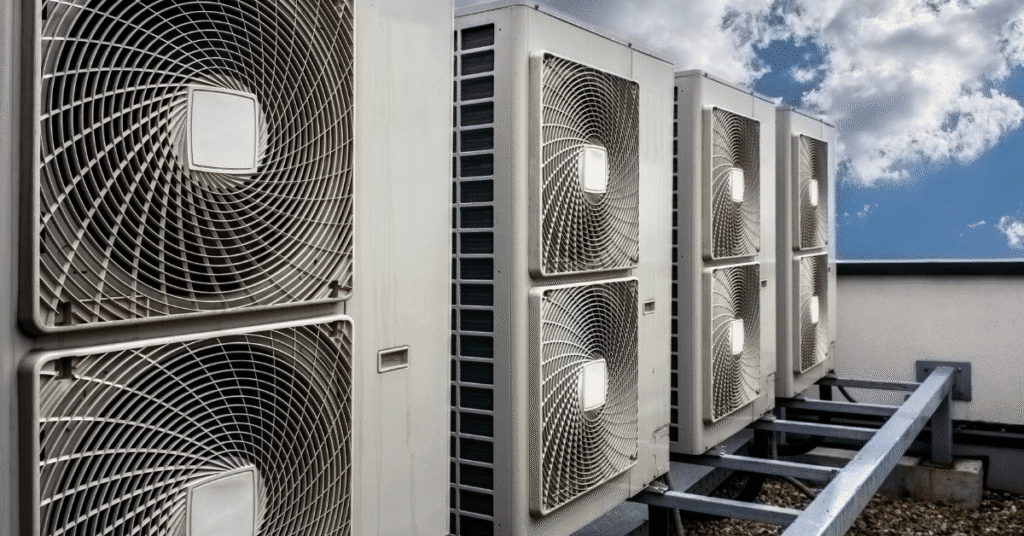HVAC Refrigerant Changes: What You Must Know
The 2025 HVAC refrigerant change is one of the most important updates the HVAC industry has seen in years. For homeowners and business owners, knowing about the 2025 HVAC refrigerant transition helps avoid unexpected repair costs, ensures compliance with refrigerant regulations, and keeps air conditioning systems running efficiently.
This guide explains everything you need to know about the upcoming refrigerant phase-out, the new refrigerant options like R-32 and R-454B, and how these changes will affect your HVAC system, installation decisions, and long-term maintenance.
What is HVAC Refrigerant?
HVAC refrigerant is the chemical that circulates inside your air conditioner, heat pump, or HVAC system to transfer heat. In cooling mode, it absorbs heat from inside and releases it outside; in heating mode, it works in reverse.
Common refrigerants in HVAC systems include:
- R-22 refrigerant: Used in older HVAC equipment before being phased out by EPA regulations due to ozone depletion.
- R-410A refrigerant: The current standard in most new HVAC systems, but scheduled for phase-down starting in 2025 due to high global warming potential (GWP).
- New refrigerants like R-32 and R-454B: Low-GWP A2L refrigerants designed to reduce environmental impact and meet new federal environmental regulations.
Proper cleaning, leak repair, and regular maintenance are critical to keeping refrigerants working effectively and preventing costly refrigerant leaks.
Why the HVAC Refrigerant Change is Happening
The refrigerant change is being driven by environmental regulations aimed at reducing GWP and protecting the ozone layer.
Key reasons for the 2025 refrigerant transition:
- Ozone protection: R-22 contributed to ozone depletion, prompting its removal from new HVAC systems.
- Lower global warming potential: R-410A is safer for ozone but still has a high GWP, leading to the introduction of newer refrigerants like R-454B and R-32.
- EPA and AIM Act compliance: The U.S. Environmental Protection Agency (EPA) and the American Innovation and Manufacturing Act mandate reduced use of high-GWP refrigerants in HVAC technology.
Homeowners should know about the 2025 HVAC refrigerant rules because they will directly affect HVAC repair, installation, and long-term service costs.
Key Dates for the 2025 Refrigerant Change
- 2010 – Ban on manufacturing new HVAC systems using R-22.
- 2020 – Complete stop on producing or importing R-22; only recycled supplies allowed.
- 2023–2025 – Gradual phase-down of R-410A begins.
- Starting in 2025 – All new HVAC systems must use the new refrigerant, such as R-32 or R-454B, that complies with updated refrigerant regulations.
Knowing these deadlines helps you decide whether to repair your current HVAC system or invest in a new system compatible with the new refrigerants.
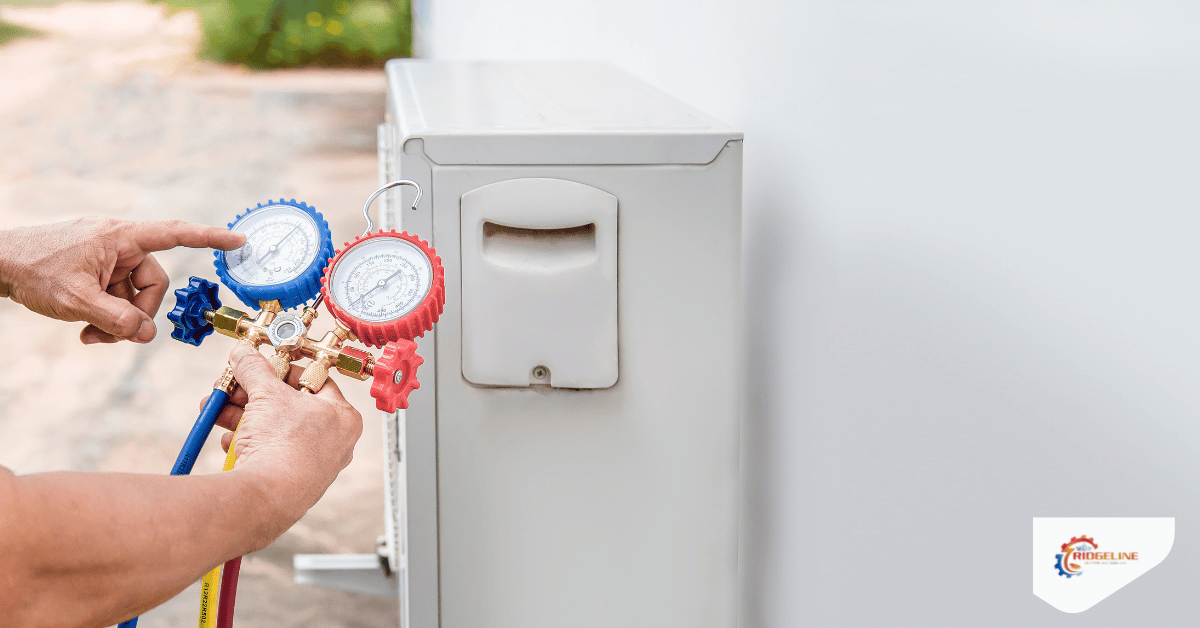
How the 2025 Refrigerant Change Affects Your Current HVAC System
If your current HVAC system uses R-22 or R-410A, here’s what to expect:
- Rising repair costs – As older refrigerants become scarce, prices increase.
- Limited availability – HVAC refrigerants like R-410A will become harder to find.
- Replacement considerations – Major repairs may require purchasing a new HVAC system that uses an approved low-GWP refrigerant.
The impact on current HVAC systems is significant for anyone relying on older equipment, especially in climates that require both heating and cooling.
Choosing a New HVAC System That Meets 2025 Refrigerant Standards
When installing or replacing a system:
- Check refrigerant type – Ensure it uses R-454B, R-32, or other compliant A2L refrigerants.
- Evaluate compatibility – Your current HVAC system may not work with the new refrigerants.
- Factor in installation quality – Proper installation by an HVAC professional ensures safety, efficiency, and compliance.
- Consider long-term costs – Energy efficiency ratings and future refrigerant availability can affect HVAC prices over time.
An HVAC technician can help you select a system that is compliant with the new standards and compatible with your home’s needs.
Costs, Savings, and HVAC Prices in 2025
- Short-term – Repairs using older refrigerants will be costly, and retrofitting to use the new refrigerant is often impossible.
- Long-term – Newer HVAC systems are more energy efficient, reducing monthly bills and lowering environmental impact.
- Financial incentives – Tax credits, rebates, and manufacturer promotions may reduce the cost of new HVAC units.
Investing in a new system before the full refrigerant phase-out may save money and avoid emergency replacement during peak seasons.
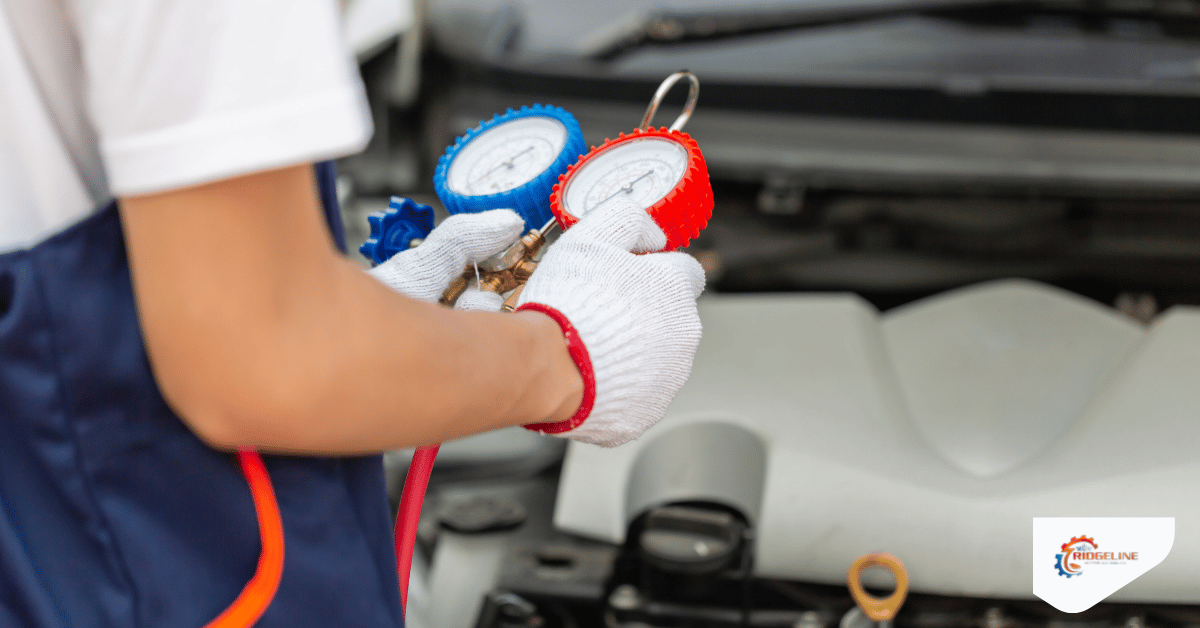
Safety Considerations with A2L Refrigerants
The new A2L refrigerants like R-454B and R-32 are mildly flammable but safe when handled by trained HVAC technicians. EPA regulations require new training for HVAC professionals to ensure correct handling, leak detection, and repair.
Homeowners should always have refrigerant cleaning, installation, and maintenance performed by a certified HVAC contractor.
Environmental Impact of the New Refrigerant Transition
The shift from high-GWP refrigerants like R-410A to low-GWP refrigerants reduces greenhouse gas emissions and complies with environmental protection agency standards. Using R-454B or R-32 in air conditioners and heat pumps helps lower the environmental impact of HVAC equipment while meeting new regulations aimed at protecting the climate.
Tips for Homeowners to Navigate the 2025 HVAC Refrigerant Change
- Schedule HVAC system cleaning and annual maintenance.
- Identify your current refrigerant type before repairs.
- Plan for replacement early to avoid peak-season delays.
- Ask if your HVAC system is compatible with the new refrigerants.
- Work with HVAC brands and contractors experienced in the 2025 refrigerant change.

Conclusion – Staying Prepared for the 2025 HVAC Refrigerant Change
The 2025 refrigerant change is a major update for the HVAC industry and for every homeowner who depends on heating and cooling. By understanding refrigerant regulations, knowing your system’s refrigerant type, and planning for an eventual replacement, you can avoid costly repairs, maintain comfort, and ensure your HVAC system is compliant.
FAQs About the 2025 Refrigerant Change
Q1: Can I keep using my current HVAC system with R-410A?
Yes, but repairs may become expensive, and availability of R-410A will decrease.
Q2: Are the new refrigerants safe?
Yes, they have lower GWP and meet EPA safety requirements, but they require professional installation due to being mildly flammable.
Q3: Will my current HVAC system work with the new refrigerant?
No, most older systems are not compatible with the new refrigerants.
Q4: How soon should I replace my HVAC system?
If it’s older or using phased-out refrigerants, consider replacing it before 2025.
Q5: What if I have a refrigerant leak?
Contact an HVAC technician immediately for leak repair to prevent damage and environmental harm.




